Laser Rangefinder How Does It Work?
Laser rangefinders are fascinating devices that have revolutionized various fields, from golfing and hunting to construction and surveying. Understanding how they work can provide valuable insights into their applications and benefits. In this article, we will delve into the mechanics of laser rangefinders, explore their practical uses, and discuss the technology behind their accuracy and efficiency.
The Basics of Laser Rangefinders
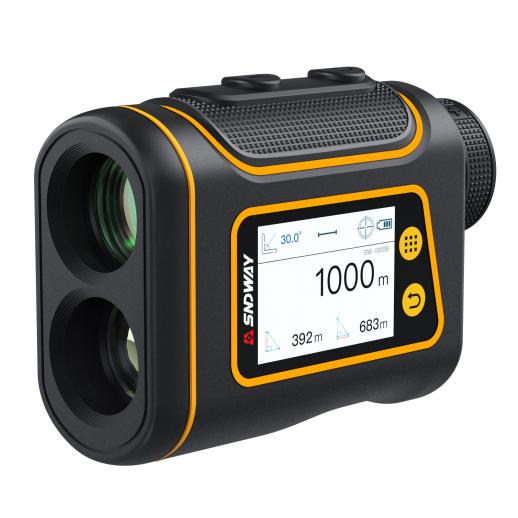
At its core, a laser rangefinder is a device that measures the distance to a target by using a laser beam. The fundamental principle behind its operation is the time-of-flight (TOF) method. This involves emitting a laser pulse towards a target and then measuring the time it takes for the pulse to reflect back to the device. Since the speed of light is a known constant, the rangefinder can calculate the distance based on the time delay.
Components of a Laser Rangefinder
To understand how a laser rangefinder works, it is essential to know its key components:
1. Laser Diode: This is the source of the laser beam. When activated, it emits a short pulse of laser light.
2. Optical Lens: The lens focuses the laser beam into a narrow, directed path towards the target.
3. Receiver: This component detects the reflected laser pulse from the target.
4. Timing Circuit: This circuit measures the time interval between the emission of the laser pulse and the reception of the reflected pulse.
5. Processor: The processor calculates the distance based on the time interval and displays the result.
How It Works: Step-by-Step Process
1. Emission: When the user activates the rangefinder, the laser diode emits a short pulse of laser light.
2. Travel: The laser pulse travels towards the target at the speed of light.
3. Reflection: Upon hitting the target, the laser pulse is reflected back towards the rangefinder.
4. Detection: The receiver detects the reflected pulse.
5. Timing: The timing circuit measures the time taken for the pulse to travel to the target and back.
6. Calculation: The processor calculates the distance using the formula: Distance = (Speed of Light x Time) / 2.
7. Display: The calculated distance is displayed on the rangefinder’s screen.
Types of Laser Rangefinders
Laser rangefinders come in various types, each designed for specific applications:
1. Handheld Rangefinders: Commonly used in sports like golf and hunting, these are portable and easy to use.
2. Surveying Rangefinders: Used in construction and land surveying, these are more robust and offer higher accuracy.
3. Industrial Rangefinders: Employed in manufacturing and automation, these are integrated into systems for precise measurements.
Applications of Laser Rangefinders
Laser rangefinders have a wide range of applications across different fields:
1. Golf: Golfers use rangefinders to measure the distance to the hole or other landmarks on the course, helping them choose the right club and improve their game.
2. Hunting: Hunters use rangefinders to determine the distance to their target, ensuring accurate shots.
3. Construction: In construction, rangefinders are used to measure distances and ensure the accuracy of structures.
4. Surveying: Surveyors use rangefinders to measure land and create accurate maps.
5. Forestry: In forestry, rangefinders help in measuring tree heights and distances between trees.
6. Military: The military uses rangefinders for targeting and reconnaissance.
Advantages of Laser Rangefinders
Laser rangefinders offer several advantages over traditional measuring methods:
1. Accuracy: Laser rangefinders provide highly accurate measurements, often within a few millimeters.
2. Speed: Measurements are obtained almost instantaneously, saving time and effort.
3. Ease of Use: Most rangefinders are user-friendly and require minimal training.
4. Versatility: They can be used in various conditions, including low light and long distances.
5. Portability: Handheld models are compact and easy to carry.
Factors Affecting Accuracy
While laser rangefinders are generally accurate, several factors can affect their performance:
1. Reflectivity of the Target: Highly reflective surfaces return stronger signals, resulting in more accurate measurements.
2. Angle of Incidence: The angle at which the laser beam hits the target can affect the reflection and accuracy.
3. Atmospheric Conditions: Fog, rain, and dust can scatter the laser beam, reducing accuracy.
4. Range: The accuracy of a rangefinder can decrease with increasing distance to the target.
Technological Innovations
Recent advancements in technology have further enhanced the capabilities of laser rangefinders:
1. Multi-Target Mode: Some rangefinders can measure distances to multiple targets simultaneously.
2. Angle Compensation: Advanced models can compensate for the angle of elevation or depression, providing more accurate horizontal distances.
3. Bluetooth Connectivity: Some rangefinders can connect to smartphones or other devices, allowing for data transfer and analysis.
4. Improved Optics: Enhanced optical systems provide clearer and more precise targeting.
Practical Tips for Using Laser Rangefinders
To get the most out of your laser rangefinder, consider the following tips:
1. Steady Hand: Hold the rangefinder steady to ensure accurate measurements.
2. Clear Line of Sight: Ensure there are no obstructions between the rangefinder and the target.
3. Reflective Targets: Use targets with high reflectivity for better accuracy.
4. Regular Calibration: Periodically calibrate your rangefinder to maintain its accuracy.
5. Battery Maintenance: Keep the batteries charged and replace them as needed to ensure optimal performance.
Laser rangefinders are powerful tools that offer precise and quick distance measurements across various applications. By understanding how they work and the factors that influence their accuracy, users can make informed decisions and achieve better results in their respective fields. Whether you are a golfer, hunter, surveyor, or construction professional, a laser rangefinder can significantly enhance your efficiency and accuracy. As technology continues to advance, we can expect even more innovative features and improvements in laser rangefinders, making them indispensable tools in our daily lives.



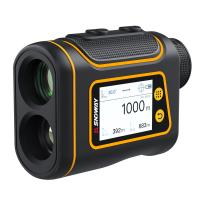


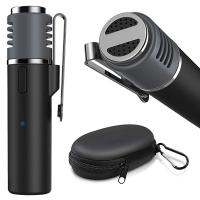
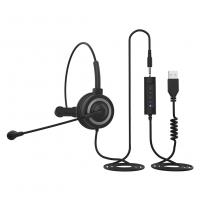

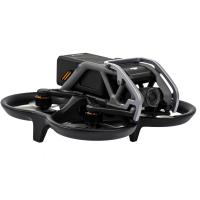

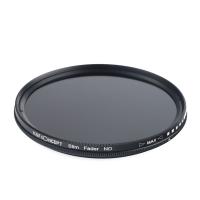

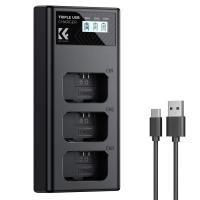



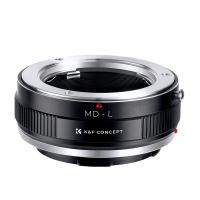
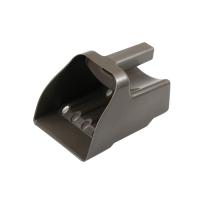

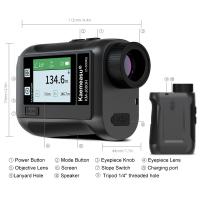


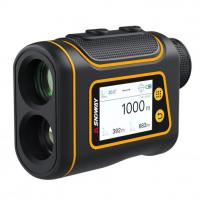




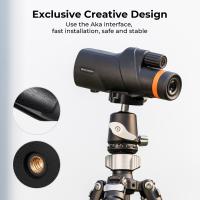


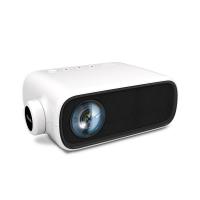
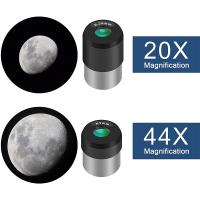



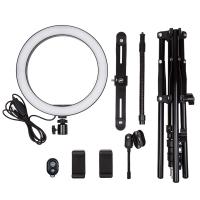
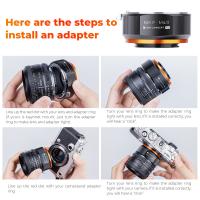
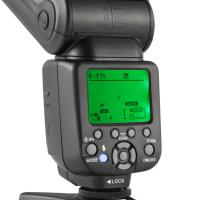
There are no comments for this blog.